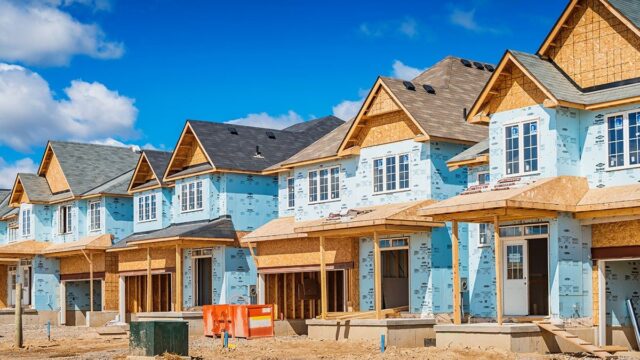For decades, the “ugly house” strategy was the go-to move for real estate investors. Buy cheap, renovate, and force appreciation. But in today’s market, the numbers don’t pencil how they used to.
Renovation costs have skyrocketed. Contractors are in short supply. And the so-called distressed property discount is slimmer than ever. Many investors who cling to the old model are watching their returns evaporate under endless repairs and tenant turnover.
The Hidden Costs of Old Homes
Older homes look like great deals on paper, with lower entry prices and comparable rents to newer properties. But reality sets in fast. Roofs fail, HVAC systems quit, and plumbing problems multiply. That projected 8% return can quickly sink closer to 2%.
Worse, tenants notice when homes feel dated or inefficient. Vacancies rise. Turnovers eat into profits. Instead of generating wealth, many investors find themselves running harder just to break even.
Why New Construction Rentals Work
This is where new construction has been quietly gaining ground. Two big advantages stand out:
-
Predictability. With warranties on systems and structure, investors enjoy several years of low-maintenance ownership. Cash flow is more consistent and less vulnerable to surprise expenses.
-
Tenant Appeal. Modern renters, especially Millennials and Gen Z, want open layouts, energy efficiency, and smart home features. A Rently survey shows 65% of renters will pay more for smart tech. That translates to higher rents and lower turnover.

Running the Numbers
Consider two investors:
-
Investor A buys a 1980s home for $250,000, rents it for $1,800, and nets about $1,100. But after major CapEx hits in year two and four, returns slide dramatically.
-
Investor B buys a brand-new $300,000 home. Rent is $2,000, netting $1,400 before debt service. Maintenance stays low, tenants stay longer, and the returns stay steady.
Investor B paid more upfront but ultimately comes out ahead with fewer headaches and stronger long-term performance.
Why Now Matters
The U.S. remains millions of housing units short. Demand for quality rentals is at historic highs, and builders are stepping up with investor-ready homes. With mortgage rates cooling slightly and resale inventory still tight, many builders are motivated to work directly with investors.
At the same time, shifting demographics mean younger renters expect modern, efficient, tech-enabled homes. The demand for new construction isn’t a short-term trend. It’s the future.
Final Thoughts
Fixer-uppers will always have a place in real estate investing, but they no longer deliver the easy wins of the past. Today’s investors should be paying closer attention to new construction properties, where steady cash flow, predictable performance, and tenant demand create a clearer path to scalable growth.



